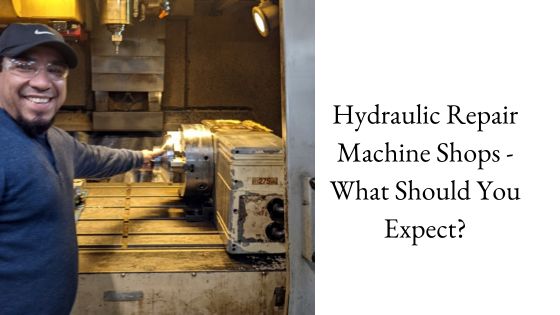What You Need to Know About Reactive Maintenance and Final Drives
Jan 5th 2019
The goal of maintenance is to keep your equipment running for at least as long as it was designed to last, and, ideally, longer. There are different types of maintenance – reactive, preventative, predictive, time-based, etc. The default type of maintenance seems to be reactive, but reactive maintenance end up being a very costly approach when it comes to final drives.
What Is Reactive Maintenance?
Reactive maintenance, also known as corrective maintenance, is the type of maintenance you perform as a reaction to problems encountered. In more colloquial terms, it means you run a piece of equipment until it breaks down. For a final drive, an example of reactive maintenance would be not checking the gear oil levels until your equipment experiences major loss of power.
Pros and Cons of Reactive Maintenance
According to the Department of Energy, reactive maintenance remains the predominant approach that many companies take toward maintenance. It remains popular because it seems cheaper in the short run – but only for new equipment that has relatively few issues. However, as equipment becomes older, the costs associated with reactive maintenance increase.
These costs include …
- Equipment downtime (often at very inconvenient times)
- Overtime labor costs that may be required to make up time lost due to downtime
- Costs associated with equipment repair and/or replacement (parts, labor, shipping, etc.)
- Secondary equipment failure (e.g., your skid steer won’t run without a hydraulic motor)
- This applies to large pieces of equipment, as well as the components they are comprised of, such as final drives and hydraulic motors.
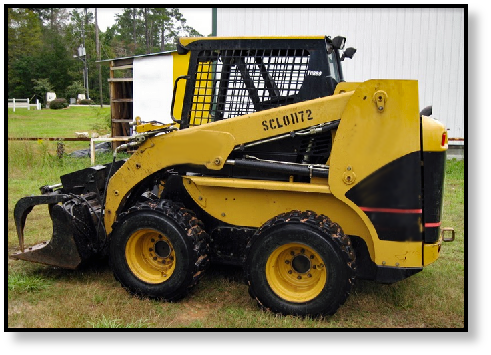
Dangers of Skipping Maintenance Tasks
For a piece of equipment to remain operational for as long as it was designed to, there is periodic maintenance that must be performed. This includes general tasks like lubrication, checking fluid levels, replacing seals, changing out gear oil, etc.
When these seemingly minor maintenance tasks are skipped, they will shorten the life of the equipment.
If you skip regular maintenance tasks with a final drive or hydraulic motor, it will cost you much more in the long run. For example, failure to check and change the case drain filter can cause a catastrophic build-up of high pressure hydraulic fluid that will destroy your final drive. In that case, you will have the cost of replacing the final drive along with the downtime involved. The image below shows the result of leaking seal … that eventually totaled a final drive.
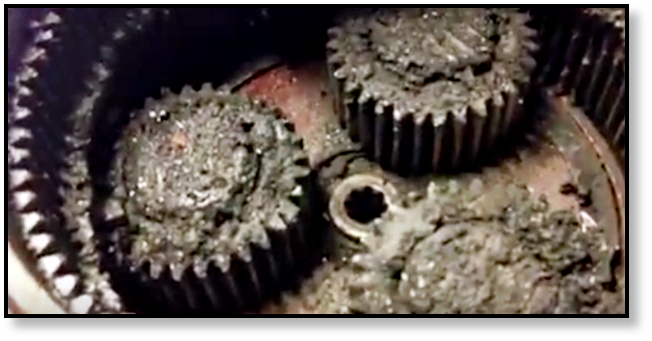
Recommendation: Preventative Maintenance
Preventative maintenance is a valid alternative to reactive maintenance. In preventative maintenance, you follow recommendations for regular maintenance.
For a equipment like skid steers or mini excavators, this would involve tasks such as a daily walk around, checking fluid levels, performing visual inspections, changing out fluids on a regular schedule, etc.
For final drives, it can be as simple as visually checking for leaks, changing out the gear oil, and checking case drain filters.
For example, while most of the time you won’t find a leak during a daily walk around, you can save thousands of dollars in repairs that one time that you do find a leak and get it corrected as soon as possible. Don’t forget: reactive maintenance only saves money in the short term!

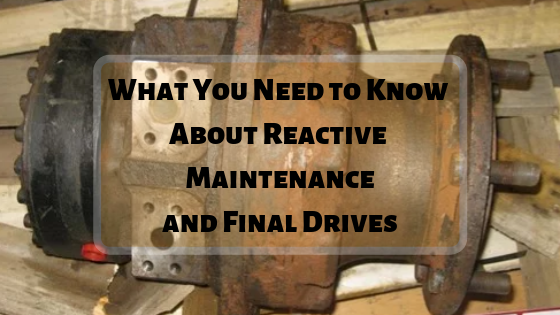
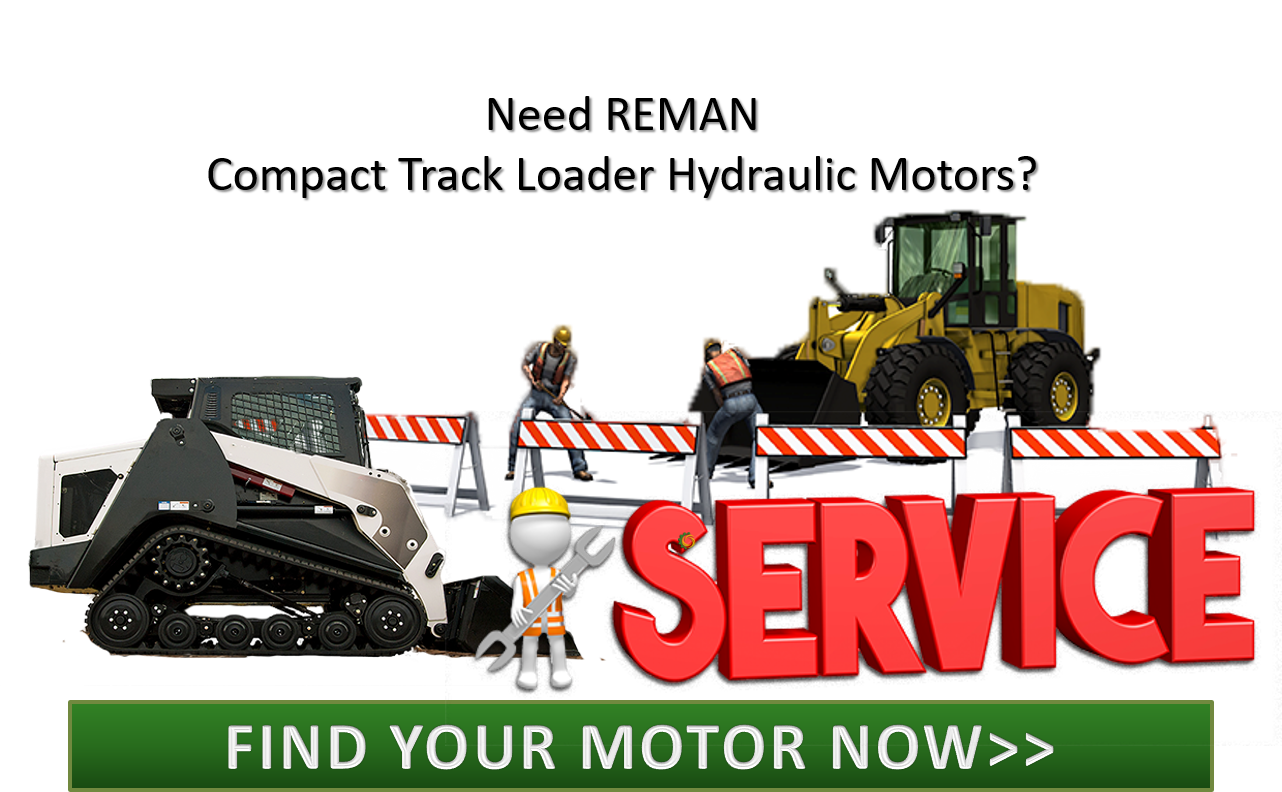
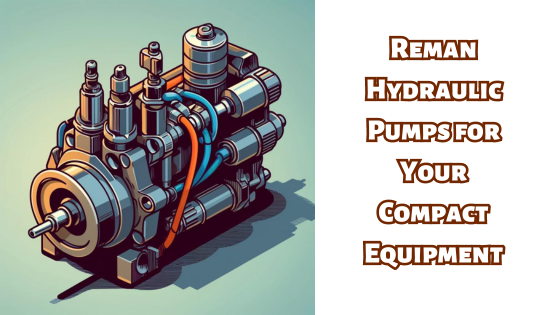
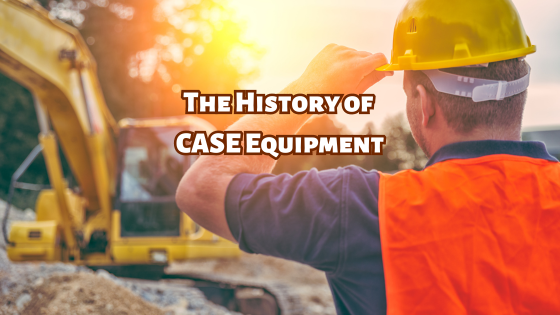

![Final Drive Cores and the Remanufacturing Revolution [VIDEO]](https://cdn11.bigcommerce.com/s-lbnln0ppxx/images/stencil/original/uploaded_images/final-drive-cores-and-the-remanufacturing-revolution.png?t=1705357426)
